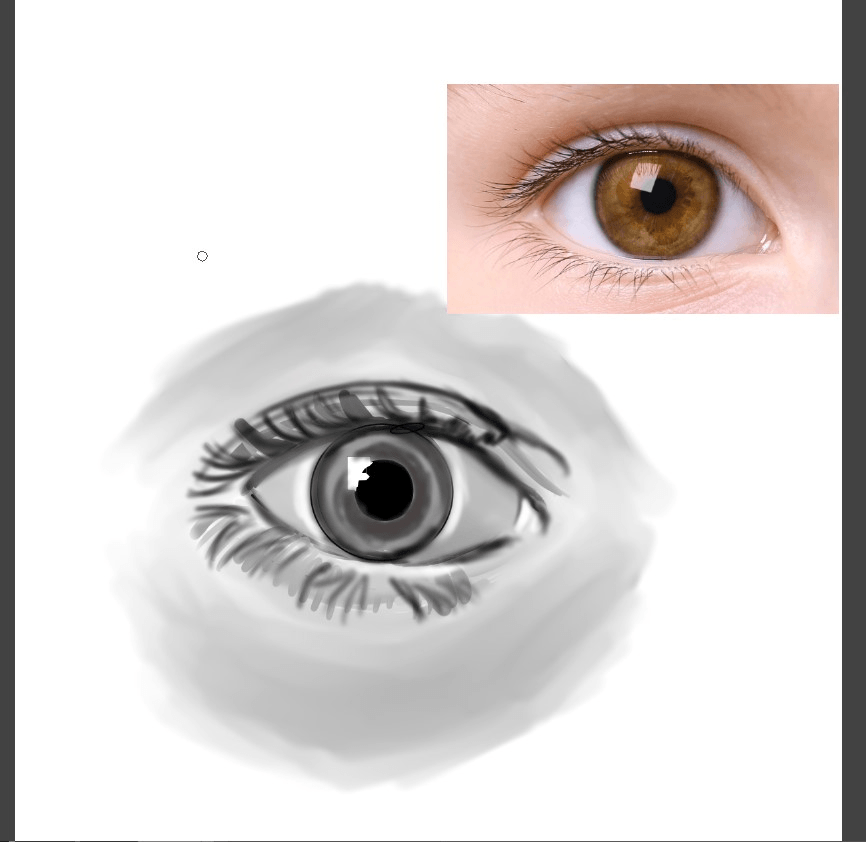Comic Writing: Designing Your Characters
Characters are the core of all stories, and well-designed characters can make a comic truly excellent. This article explains how to create characters with designs that reflect their personalities and seem realistic.
You can also find a video (subtitled) of this lesson at the bottom of the page.
The example used in this lesson is Kei Natsumi’s adaptation of Momotaro, a famous Japanese legend.
This legend tells the story of a young boy born from a peach, named Momotaro (“Peach Boy”) by the elderly couple who find and adopt him. As a teenager, he sets off on a quest to defeat the demons on a nearby island. In this adaptation “Nekotaro” (“Cat Boy”), Kei Natsumi reimagines the protagonists as cats in a modern-day setting.
If you were adapting a fairytale, how would you make it appealing for a modern audience? How would you adapt the character’s motivations?
Make Rough Sketches of the Characters
Your characters don't only exist within the period covered by your story.
They’ve also lived their whole lives up to the point when your story starts, and the period of the story is just one part of their lives.
Think carefully about personality, quirks, and habits to create a character that your readers will empathize with.
For a comic character, naturally, you should practice drawing out their personality in images.
Start off by making lots of rough sketches of your character.
Here’s an example by Kei Natsumi.
Draw Your Character’s Personality
This example is based on Kei Natsumi’s character “Nekotaro”, based on the fairytale character Momotaro.
Let’s look at how Kei decided on the personality through sketching.
■ Make notes
Adding notes as you draw will help you remember what parts to focus on later.
■ Draw lots of different poses
Drawing your character in several poses and with different expressions helps bring out the personality you want them to have.
Your character sheet should make people instantly want to read a comic with your character.
Try to draw lots of sketches to capture your character’s personality, keeping in mind the balance between the face and the body.
Write the Character’s Main Traits
■ Expand on their main traits
Here, Kei Natsumi listed some main traits of Nekotaro that bring out his cuteness, for example: “an energetic cat”, “often stands”.
■ Add some unexpected traits
In the story, Nekotaro gathers the other cats and prepares to take on the demons. Kei imagined a childish yet cunning side to this character so he can persuade the other cats to join him.
Designing Secondary Characters
■ Other cats
In the original Momotaro story, there are three animal companions, a dog, a monkey, and a bird.
In Kei Natsumi’s adaptation, these are three cats, Sam, Schrodinger, and Shirara.
To express their personalities, each is a different breed of cat.
Sam
Exotic Shorthair - Bumbling sidekick
Schrodinger
Stray cat - A cool, loner cat
Shirara
White cat - A refined cat with odd eyes
When designing multiple characters, think about not only bringing out their individual personalities but also on how they work as a group.
How will you bring your characters together?
In the case of Nekotaro, the main character offers them cat treats to get their attention.
But, that’s not enough to persuade them to join him on his adventure.
To solve this, Kei includes a scene where Nekotaro persuades the other cats by saying that they could become famous pampered cats if they join and succeed on the adventure.
Think about what your characters would do and how they would interact.
Kei Natsumi also included personified versions of the cat characters in her adaptation as a way to express the character’s personalities as humans.
■ Secondary characters
As this adaptation is set in the modern world, Kei decided to change the original demon characters to be easier to understand.
The exhausted office workers with horns represent the monsters Nekotaro has to defeat.
For the elderly couple that rescue Nekotaro, Kei focused bringing out the friendliness and warmth in their expressions.
Try to draw character sheets for every character that appears in your comic.
Kei Natsumi’s finished character sheets
It’s a good idea to prepare neatly inked and colored character sheets before drawing the comic.
This kind of character sheet can help you to firm up your characters.
Although the balance of the design is important, you should also focus on bringing out your characters’ personalities.
It’s also a good opportunity to practice drawing your character standing up and in other poses.
Let your character speak to you!
Sam
Shirara
Schrodinger
Color comics have their appeal, but monochrome manga have their own charm in how they express the texture of hair, skin, and clothes with just black and white.
Before making your next comic, try drawing out some character sheets using this guide.
The process of making inked and finished character designs will help you to create more fleshed-out characters that bring your story to life.
To view English subtitles, click on the gear icon at the bottom of the video and choose English in the Subtitles/CC option.
This lesson is part of a comic creation course by Manabi Journey.
Register for this free course to get the full PDF of Nekotaro, the example used in this lesson.
MANABI JOURNEY is an online school for people all over the world who want to learn.
The service is currently available in English and Japanese.
























Comment